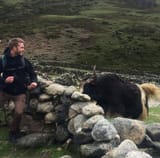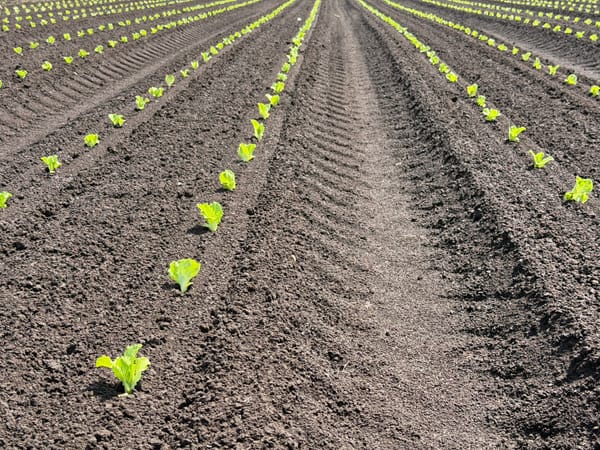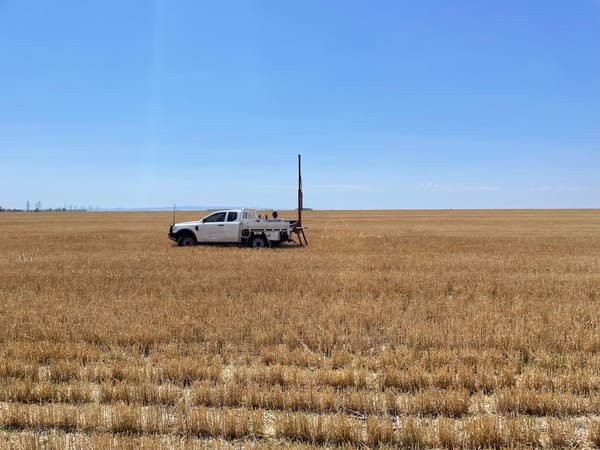Land Use Capability

There is a common argument where people will say, if only land currently being used for x should actually be used for y and we could fix [insert global issue here] (climate change, public health, you know the drill.) This is a understandable question to ask, and should be asked. Land use efficiency is wildly important in countries around the world that are suffering from malnutrition or ... a need to feed a population in a finite world. So what is the land capable of? How do we measure it? And how can we decide what is the best use case for any particular location?
Now this is a complex topic to discuss, the concept is easy to understand but the variety of solutions and descriptions can make it confusing and often location specific. So what do I mean exactly when I use the term 'Land use capability'? Australian state and federal governments generally refer to it as "The ability of a specific area of land to support a particular type of land use without causing degradation or other negative impacts." This is an important and sometimes obvious concept, no you are NOT able to grow a large monoculture of iceberg lettuce on the side of a cliff face, that would be silly Daryl, wouldn’t it. These rolling hills however... maybe you could, but how well would it work and what common challenges might you face?
In Australia it can be quite varied as each state has its own definition of land use capability and some have split it into land capability, suitability, agricultural land classification (ALC) and strategic cropping land (SCL) each with its own classing system. As with most things we are going to turn to the American way of doing things by referring to the USDA land capability classification system with classes from 1 through 8 with 1 being the least limiting and 8 being the most limiting (an 8 means it’s a cliff face, Daryl.) Because of this variety I am going to talk in broad strokes, generalise and use the USDA system so you understand the point of making a classification like this.
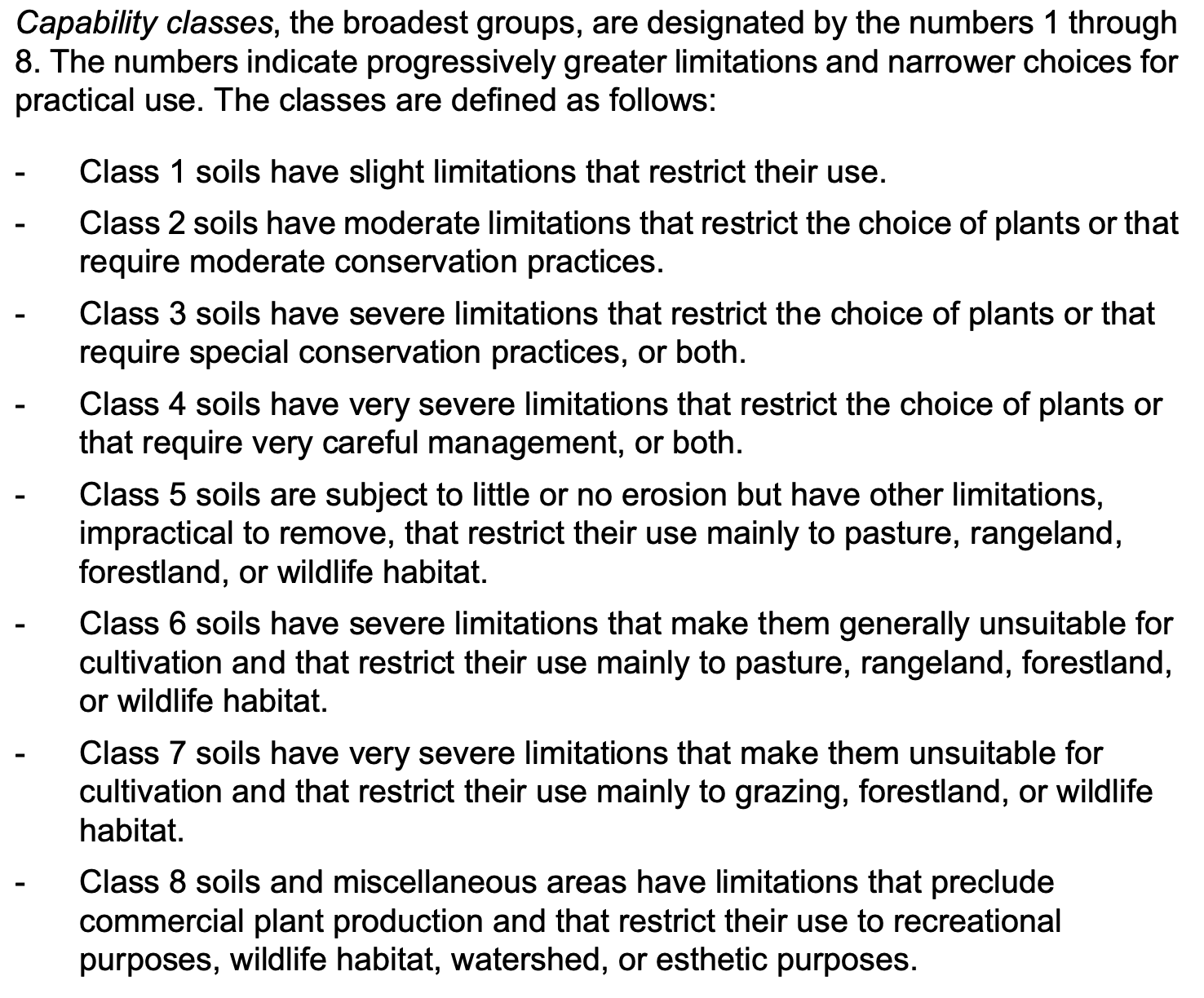
Having a simple 1-8 numbered system keeps things easy to conceptualise so next time you are driving with your family you can point to an undulating, rocky field and loudly recite that this is of course a USDA Land Classification of 5 rendering it useless to cultivation even though no one asked for that information but still had to pause their podcast and roll their eyes at you, Daryl. Where was I? Right, once you have a general understanding of plant and animal farming this classification system becomes a common sense system. Vegetable crops are sensitive and have shallow roots, they need good soil and moisture with few rocks and will likely only be profitable on class 1 or 2 land. Grains have deeper roots and are far hardier and will likely be fine between 1 and 4 at a stretch. Similar with tree crops where you could make a 4 work but who are we kidding a 1 would always be better. As we move into 5, 6 and sometimes 7 (but definitely not 8) we are only considering pasture and grazing as animals are able to seek out the good spots in an otherwise sub-par area.
This is where the next trick shows up, there isn’t much stopping you from grazing cows on a pasture or planting wheat to grow on class 1 land… But only if you hate money OR are the type of legend who has figured out a forage cover crop rotation that works in your area (more on that another time.) See, there is a real reason why areas with great soil, water, access and flat land are growing lettuce or broccoli. They are worth far more money than most grains and you can grow more of them than cows you could (grass) feed on that sized block. Why are they worth so much more you ask? Because they require more expensive land… And are more complex to grow, protect, fertilise, harvest and transport; and there is far less class 1-2 land than class 3-7 land meaning the prime broccoli areas likely have more debt per hectare that commands hefty interest.
Now a class 3 system potentially can be used in horticulture but by understanding that it is not a 1 or 2 you know that to make profit, major upfront or ongoing investments must be considered. For example does the land need to be levelled, subsurface soil constraints need ameliorating, what about slope and erosion considerations? Remember, these classifications are purposely broad intentionally as they have to group all land above sea water into just 8 categories. Having to contend with “severe limitations” ensures a lot of thinking and problem solving. There is also the option of growing something else. As every good gardener will tell you “select the plant for the environment you have”, warm climate plants generally wont grow in cold climates unless your land capability solution to that is a glasshouse.
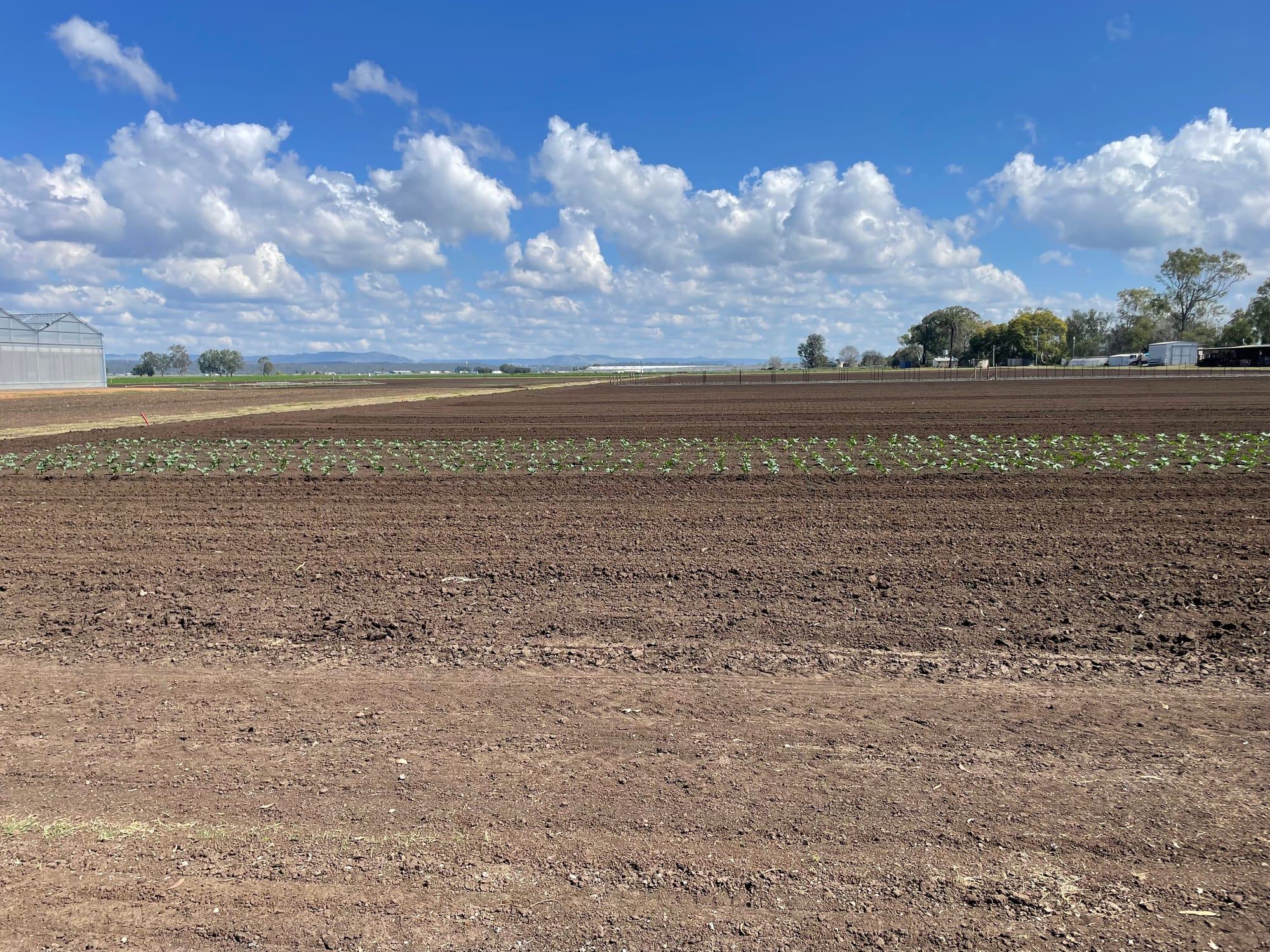
Lastly, the size of land classified is also an arbitrary consideration, if you have a 1 hectare block that’s flat but has a few boulders scattered around you may determine its a class 3 overall but narrow that window to one of the boulders and BAM! Class 8 baby! Only for maybe 5 square metres though. The reverse is true also, a 6,000 hectare farm may be on average a class 4 but may have areas of class 1 or 2, the classification system is easy to understand but often down to subjective determination.
In conclusion, if you want to git gud at agriculture land classification, use the correct system for your location and for the USDA capability classes, 1 = good, 8 = bad. If instead you are a Koala or [insert endangered species here], 1 the humans have already bulldozed your habitat, that’s bad or 8 the humans have no use for your habitat (yet), that’s good!
PS. Another interesting look at land classification through a different lens are the Permaculture zones, which include amongst other things, distance from the house. I will cover this topic, and permaculture more at a later time.
